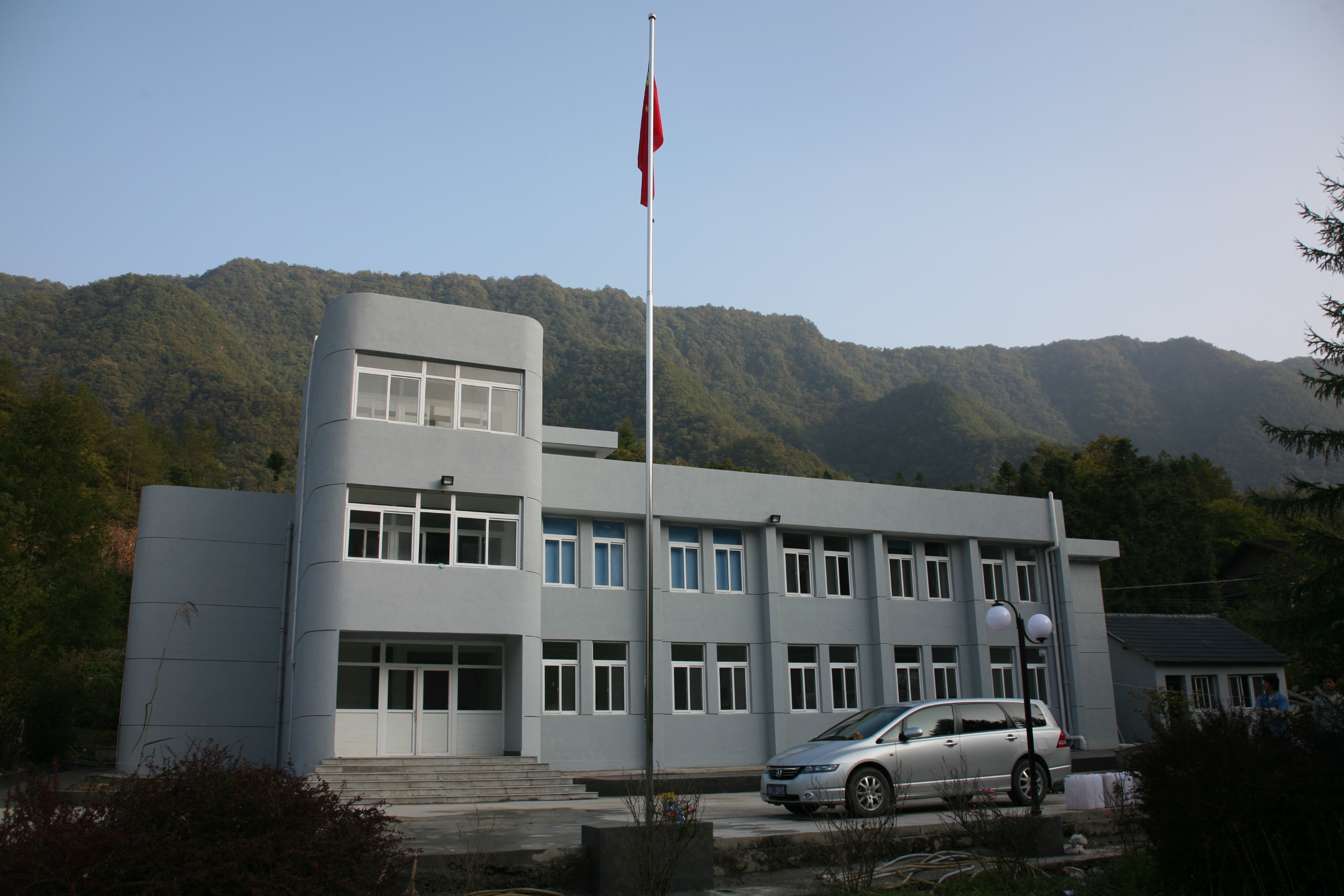National Field Station for Forest Ecosystems in Shennongjia (NFSFES) (also known as Shennongjia Biodiversity Research Station of CAS) is located in the Qinling-Daba Mountains, one of the key regions for national and international biodiversity conservation. NFSFES aims to carry out long-term investigation and study of the structure/function/dynamics of northern sub-tropical forest ecosystems and illuminate the underlying mechanism sustaining its stability. NFSFES is a member of the National Field Research Station Network and the CERN. Currently, NFSFES can support the academic activities of 30 scientists, owns 29 series of standardized instruments and facilities, and has permanent field plots with a total area of almost 13 hm2. NFSFES now supports 16 research fellows and 18 postgraduate students. In 2008, NFSFES successfully applied 7 projects from the Ministry of Science and Technology of China, CAS and the NNSF of China, published 23 academic papers (including 4 with IF > 3 SCI papers), and announced 2 patents.
Major Progress: In 2008, the Wenchuan earthquake occurred in Minshan and Qionglai Mountains, the location of the most important habitats for giant pandas (Ailuropoda melanoleuca). The earthquake damaged the natural reserves for giant pandas. Earthquakes and earthquake-induced events such as landslides have important ecological consequences. First, earthquakes damage bamboo, the main food for giant pandas. At the same time, earthquakes may induce bamboo flowering, which threaten the food supply of giant pandas. Second, earthquakes and earthquake-induced soil movements and rockslides cause small-scale damage such as treefalls, which influence forest dynamics through long-term effects on tree mortality, growth and competition. Third, earthquakes fragment habitats, causing isolation among giant panda populations. Therefore, we propose reassessment of the quality of giant panda habitats at landscape or regional scales and adjustment of the system of natural reserves. In addition, we must survey and monitor bamboo resources, including their distribution and dynamics, and regenerate or rejuvenate bamboo. We also propose restoring degraded habitats with natural vegetation and plantings. 
Main building 
Forest in Shennongjia
